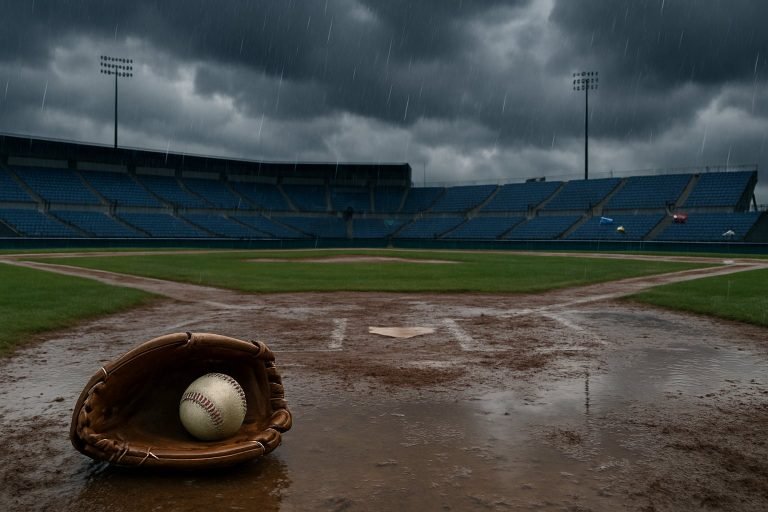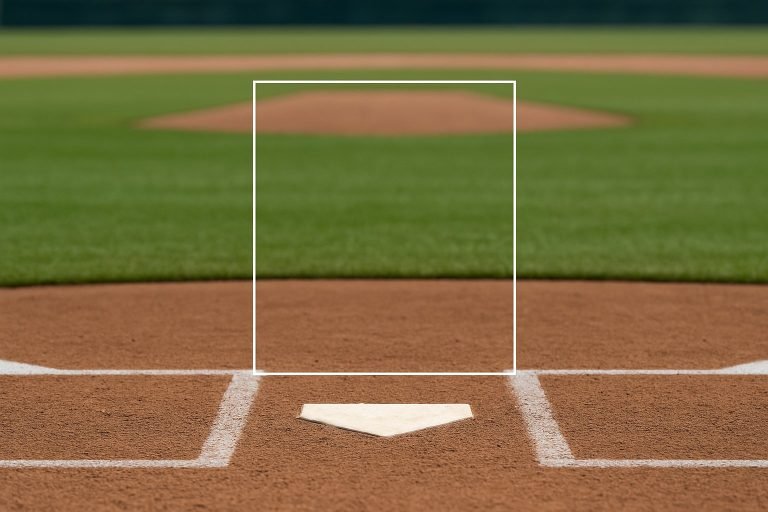Baseball Rules Explained: A Friendly Guide for Beginners
Baseball involves two teams competing to score runs over nine innings, utilizing batting, pitching, and fielding strategies while following specific game rules and regulations.
Baseball involves two teams competing to score runs over nine innings, utilizing batting, pitching, and fielding strategies while following specific game rules and regulations.
The balk rule in baseball prevents pitchers from executing illegal moves, ensuring fair play by allowing runners to advance one base when a balk is called.

Rain delays in baseball require a 30-minute wait to assess weather conditions, with decisions on continuation or postponement based on game progress and safety.
Baseball abbreviations simplify understanding player statistics, covering batting (AB, HR), pitching (ERA, WHIP), and fielding (E, PO), enhancing enjoyment of the game.

The strike zone in baseball is a 17-inch wide area above home plate, with height varying based on each batter's stance and size.

The ghost-runner rule places a runner on second base at the start of extra innings, aiming to shorten game duration and change strategic approaches for teams.
A sacrifice fly allows a batter to hit a fly ball that scores a run while not counting as an official at-bat, benefiting team strategy and statistics.
A fielder's choice occurs when a defensive player opts to attempt an out on a baserunner instead of the batter, allowing the batter to reach first base safely.
The dropped third strike rule allows a batter to run to first base if the catcher misses the third strike, impacting game strategy and outcomes.
The infield fly rule prevents defense from executing easy double plays on pop-ups, ensuring fairness for runners with specific base and out conditions.